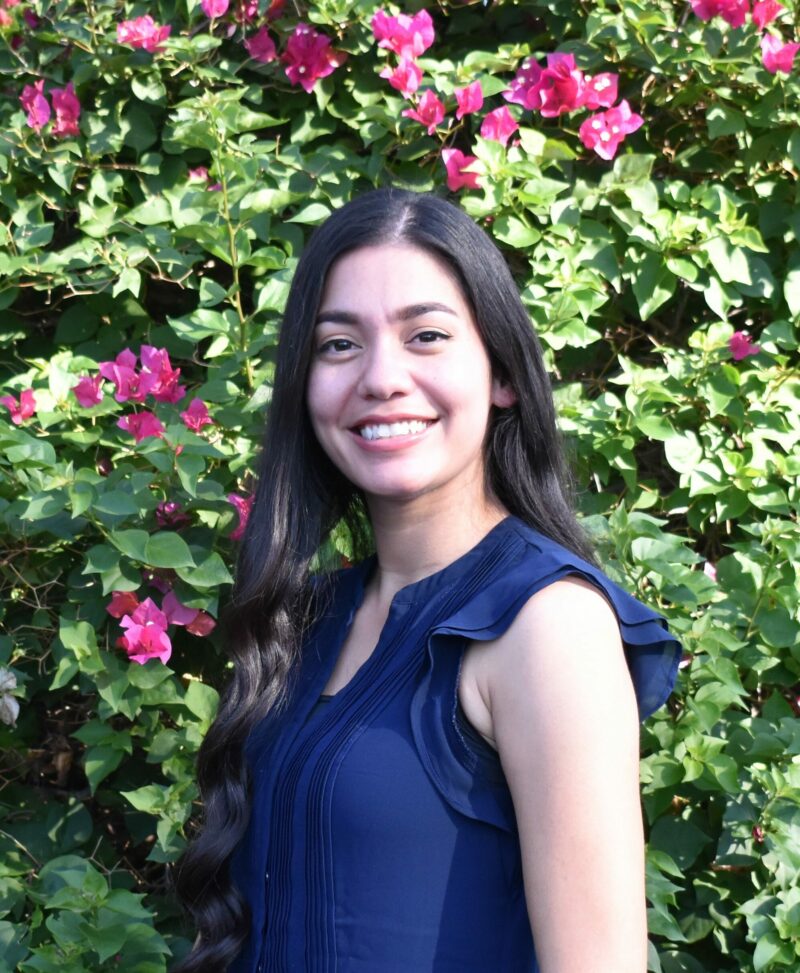What is an attachment message?
As children, we all receive messages about ourselves on how to navigate our connections with others, especially those closest to us. We then grow up and we carry those messages with us into our adult relationships. Children’s brains take in so many messages including what to do that will keep me safe, what I do that could bring on a threat, what I do that brings me connection, and what I do that leads to disconnection. Children are making-meaning of all the interactions with their caregivers. Right or wrong, inaccurate or accurate does not matter, their brains are trying to keep them safe while maintaining a connection.
Babies and children depend on their caregivers to meet their needs. Having learned the attachment messages in their environment ensures the child can continue to depend on the caregiver or learn not to depend on the caregiver. We are wired to connect and have relationships with people, what that connection looks like only evolves. Therefore, EVERYONE received attachment messages growing up. EVERYONE has attachment needs. And EVERYONE has attachment longings.
Let’s speak with O, someone who knows all to well this “I am too much” message.
When does “I am too much” show up in the relationship?
When I feel like something is bothering me or my feelings are hurt and I want to express it (to my partner) but I feel that I am too much by expressing something like that. I tell myself I should just handle my emotions on my own. There are so many instances in my head where I tell myself “I am too much.” Asking you for your support? I feel like that’s too much. Wanting to tell you my feelings? I am asking too much. Even when I cannot help it and I am able to share some of my feelings with you….I still think I am being too much. You may wonder why it is such a challenge for me, but I don’t want you to have to deal with my problems or my emotions.
*Let’s pause here*
This is an attachment message coming up. Somewhere along the way in early childhood O learned, observed, and experienced how attachment figures interacted with each other and with O. O received the message that there is not a lot of space for O’s emotions. Maybe O saw caregivers stressed, saw caregivers not respond to each other’s attachment needs, or saw them have negative ideas about expressing attachment needs. O probably saw the disconnection that would occur when expressing emotions or needs, and with that, O learned what is going to lead to connection and disconnection. O learned “I need to keep my emotions, my fears, my stresses, and my needs to myself.”
*Let’s resume*
What does “too much” mean to you?
When I feel it at its deepest level it means I am too much as I am. It means I am not easy to deal with or be around. Sometimes it can mean I am a burden. If I want to ask you for something then
I am asking you for too much…it will mean I am burdening you with my request. I think you (my partner) have their own problems and their own stresses they are dealing with and I do not want to add to that. I do not want to get people upset. If I ask for a need and I see any indication that they (my partner) are upset, I just received the cue that they are getting upset by me asking, which reinforces my idea….I am too much.
I do not want to be a burden. I do not want to think that my feelings are too much, my wants are too much, and my needs are too much. I then feel a lot of guilt or feel afraid to ask for things. I will feel like I don’t deserve what I want or need. I may also feel like I shouldn’t be upset or I don’t deserve to be upset. It is something I try to keep hidden. I do not want to show it to you (my partner) because it almost feels like weakness. All of it together makes me feel uneasy and sad.
*Let’s pause again*
It feels like such a risk to be this vulnerable with a partner. There is a fear of not being accepted, and this makes so much sense. O has a thorough history that replays the poor outcomes that have resulted from sharing vulnerably. Yet O continues to take the risk, because at the deepest level O wants to connect. To be in the state of “I am too much” in an interaction with a partner means O is already feeling the disconnection. When that happens, O wants to re-engage that connection as much as possible or as quickly as possible. Fear and uncertainty activate our need to belong once again.
Conclusion
Maybe only one part of this particular attachment message relates to you, maybe multiple parts relate to you, or maybe all of the parts relate to you. Do you know what that means? It means you are human. It means you have attachment fears. It means you have attachment longings. It means you have parts of you that are vulnerable, soft, and tender. It means this part of you has
such a strong desire to be accepted, reassured, and loved by those closest to you, especially your partner.
All kinds of attachment messages show up in our relationships including the message “I am too much.” Many of our most tender ones show up during a conflict cycle. We want couples to learn about the attachment messages they received growing up and connect it to their behavioral response when they get into a conflict cycle with their partner. Why? They are receiving an attachment cue that disconnection is about to happen. They are stepping into a scary place. We want partners to understand that a smaller, younger version of them is showing up in that moment. One that needs understanding, comfort, and connection.

